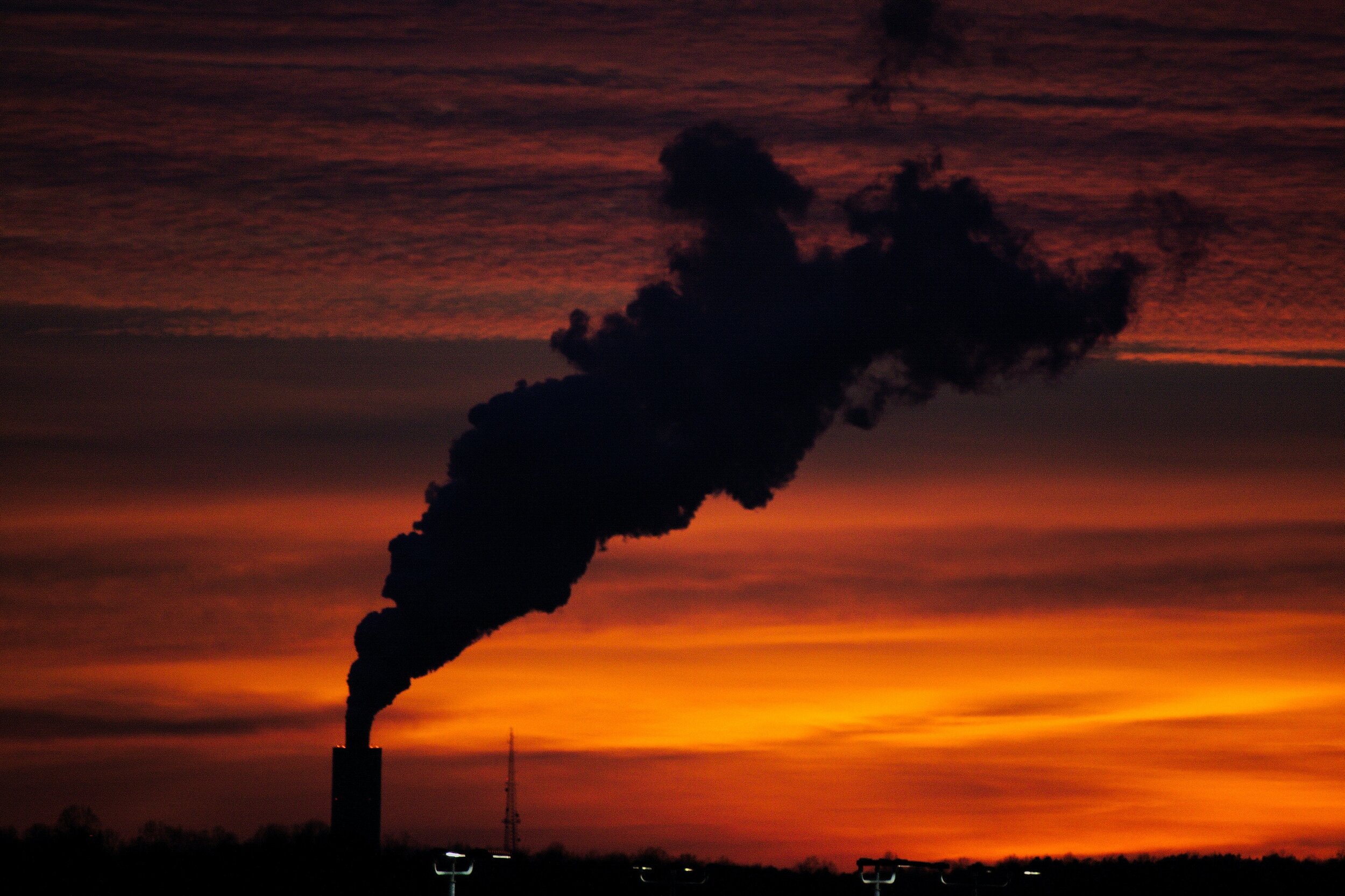Photo by Sam Jotham Sutharson from Pexels
Toxic Environmental Inequality
Lead exposure, and environmental inequality more generally, have important social consequences. The neighborhood clustering of toxic and harsh environments is especially harmful to the physical and mental well-being of children, which in turn undermines key dimensions of social mobility later in life. This process is distinct from more familiar arguments about the blocked opportunities or inadequate investment in human capital that result from concentrated poverty, motivating alternative ways to think about policy. Past interventions that have cleaned up the physical environment and reduced toxic hazards indicate that environmental policy is in part crime policy. Maintaining environmental health also makes for social mobility policy.
In a series of articles and work in progress, Professor Sampson and colleagues are analyzing the sources and consequences of lead exposure with respect to social mobility, crime, and health. They have also presented a theoretical model of environmental inequality over the life course to guide an agenda for future research. This body of research calls for a deeper exchange between urban sociology, environmental sociology, and public health, and for more collaboration between scholars and local communities in the pursuit of independent science for the common good.
Selected Papers and articles:
Sampson, Robert J. 2022. Legacies of inequality, legacy lead exposures, and improving population well-being. Proceedings of the American Academy of Sciences 119:e2202401119.
Manduca, Robert, and Robert J. Sampson. 2021. Childhood Exposure to Polluted Neighborhood Environments and Intergenerational Income Mobility, Teenage Birth, and Incarceration in the USA. Population and Environment. https://doi.org/10.1007/s11111-020-00371-5
Manduca, Robert, and Robert J. Sampson. 2019. Punishing and Toxic Neighborhood Environments Independently Predict the Intergenerational Social Mobility of Black and White Children. Proceedings of the National Academy of Sciences 116: 7772-7777. See also:
Why some low-income neighborhoods are better than others, Science News
Unpacking the power of poverty, Harvard Gazette.
Sampson, Robert J., and Alix S. Winter. 2018. Poisoned Development: Assessing Lead Exposure as a Cause of Crime in a Birth Cohort Followed through Adolescence. Criminology 56:269-301.
Muller, Christopher, Robert J. Sampson, and Alix S. Winter. 2018. Environmental Inequality: The Social Causes and Consequences of Lead Exposure. Annual Review of Sociology, 44:263–82.
Winter, Alix S., and Robert J. Sampson. 2017. From Lead Exposure in Early Childhood to Adolescent Health: A Chicago Birth Cohort. American Journal of Public Health 107 (9): 1496-1501.
Sampson, Robert J. and Alix Winter. 2016. The Racial Ecology of Lead Poisoning: Toxic Inequality in Chicago Neighborhoods, 1995-2013. DuBois Review: Social Science Research on Race 13: 261-283. See also:
Toxic Inequality, Harvard Gazette.




